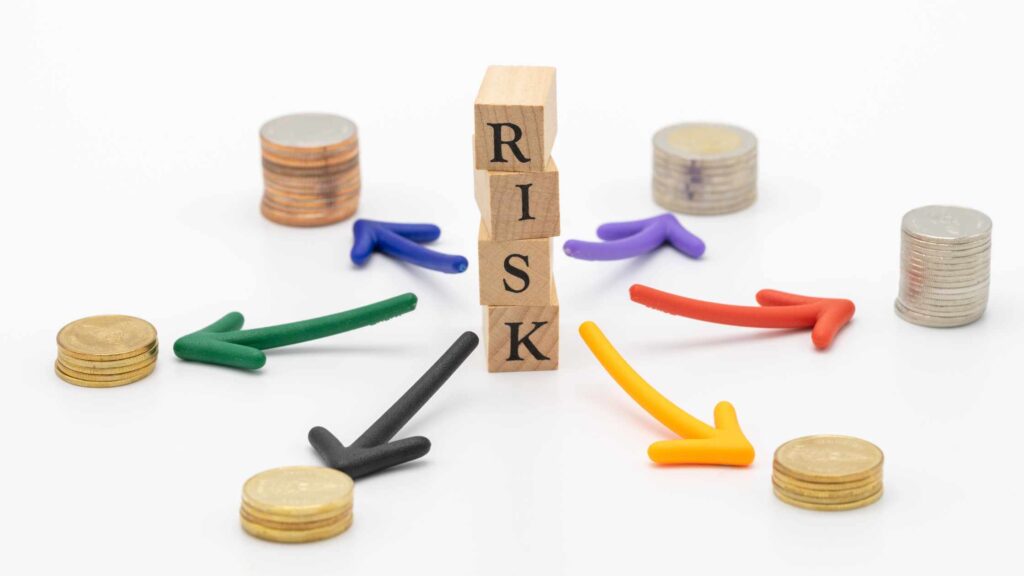Introduction
Retirement investing is a critical aspect of securing one’s financial future. However, it is essential to understand and assess your risk tolerance before making any investment decisions. Your risk tolerance defines your ability to handle the ups and downs of the financial markets and helps determine the appropriate investment strategy suitable for your retirement goals.
Defining Risk Tolerance
Risk tolerance refers to your ability to endure potential losses while pursuing higher returns on your investments. It determines how comfortable you are with market fluctuations and the potential for short-term losses. Assessing your risk tolerance provides valuable insights into your investment preferences, decision-making abilities, and emotional resilience.
Evaluating Your Risk Tolerance
To assess your risk tolerance effectively, consider the following factors:
Time Horizon
Your retirement time horizon is a crucial element in determining your risk tolerance. Generally, longer time horizons allow you to take on more significant investment risks, as there is more time to recover from short-term market downturns. Conversely, if you are close to retirement, preserving capital becomes a higher priority, requiring a more conservative investment approach.
Financial Goals
Understanding your financial goals is vital for evaluating risk tolerance. Consider whether you aim to maintain your wealth, grow your assets, or require higher returns to achieve your retirement objectives. Your goals will influence the level of risk you are willing to accept in your investment portfolio.
Knowledge and Experience
Assess your knowledge and experience with investing. Are you familiar with different investment strategies and asset classes? Determine your comfort level with complex financial instruments or if you prefer more straightforward, low-risk investments. Being aware of your investing expertise will help tailor a suitable investment strategy.
Emotional Resilience
Evaluate your emotional resilience towards market volatility. Investment markets can experience both bullish and bearish phases. If the thought of potential losses causes significant stress or anxiety, you might have a lower risk tolerance. Understanding your emotional response to market movements will help ensure a more stable and consistent investment approach.
Types of Risk
When assessing your risk tolerance, it is crucial to understand the different types of risk involved in retirement investing:
Market Risk
Market risk refers to the potential loss of value in an investment due to overall market conditions. Stocks, bonds, and other securities are subject to market fluctuations, which can result in the decline of an investment’s value. Understand how comfortable you are with the volatility associated with market risk.
Inflation Risk
Inflation risk arises from the erosion of purchasing power over time. As prices increase, the value of your retirement savings may not keep up with inflation. Assessing your risk tolerance includes considering your willingness to take on investments that offer the potential for returns above inflation rates.
Longevity Risk
Longevity risk refers to the possibility of outliving your retirement savings due to extended life expectancy. It is essential to evaluate whether you are willing to accept investments that may expose you to higher risk but also offer the potential for larger returns to secure your financial stability during extended retirement years.
Interest Rate Risk
Interest rate risk is associated with changes in interest rates impacting the value of fixed-income securities. As interest rates rise or fall, bond prices can experience fluctuations. Consider your willingness to accept the potential impact of interest rate changes on your investment portfolio.
Determining Your Risk Profile
After evaluating your risk tolerance and understanding the different types of risks, you can determine your risk profile. Risk profiles generally fall into one of three categories:
Conservative
Conservative investors prioritize capital preservation and are averse to risk. They typically prefer low-risk investments such as bonds or money market funds. Consistency and stability outweigh potential higher returns.
Moderate
Moderate investors seek a balance between capital preservation and growth. They are willing to accept a moderate level of risk to achieve modest capital appreciation. This may include a mix of stocks, bonds, and other asset classes.
Aggressive
Aggressive investors prioritize high growth potential and are willing to accept higher levels of risk. They seek maximum capital appreciation and are comfortable with a more substantial portion of their investments in stocks or other high-risk assets.
Making Informed Investment Decisions
Once you have determined your risk profile, you can make informed investment decisions aligned with your retirement goals. Remember the following tips:
Diversify Your Portfolio
Diversification is crucial to manage risk and maximize returns. Spread your investments across different asset classes, industries, and geographical regions. This reduces the impact of any single investment’s performance on your overall portfolio.
Regularly Review and Rebalance
Regularly monitor your investment portfolio and assess its performance against your goals. Periodically rebalance your portfolio to maintain the desired asset allocation and adjust to changing market conditions. This ensures your investments remain aligned with your risk tolerance and objectives.
Seek Professional Advice
If you are unsure about your risk tolerance or navigating the complexities of retirement investing, consider seeking professional financial advice. A qualified financial advisor can assist you in evaluating your risk tolerance and developing an appropriate investment strategy tailored to your specific needs.
Summary
Assessing your risk tolerance is a crucial step in retirement investing. Understanding your ability to withstand market volatility, considering factors like time horizon, financial goals, and emotional resilience, allows you to define your risk profile accurately. With a clear understanding of your risk tolerance, you can make informed investment decisions, diversify your portfolio, and ensure a more secure financial future during retirement.







